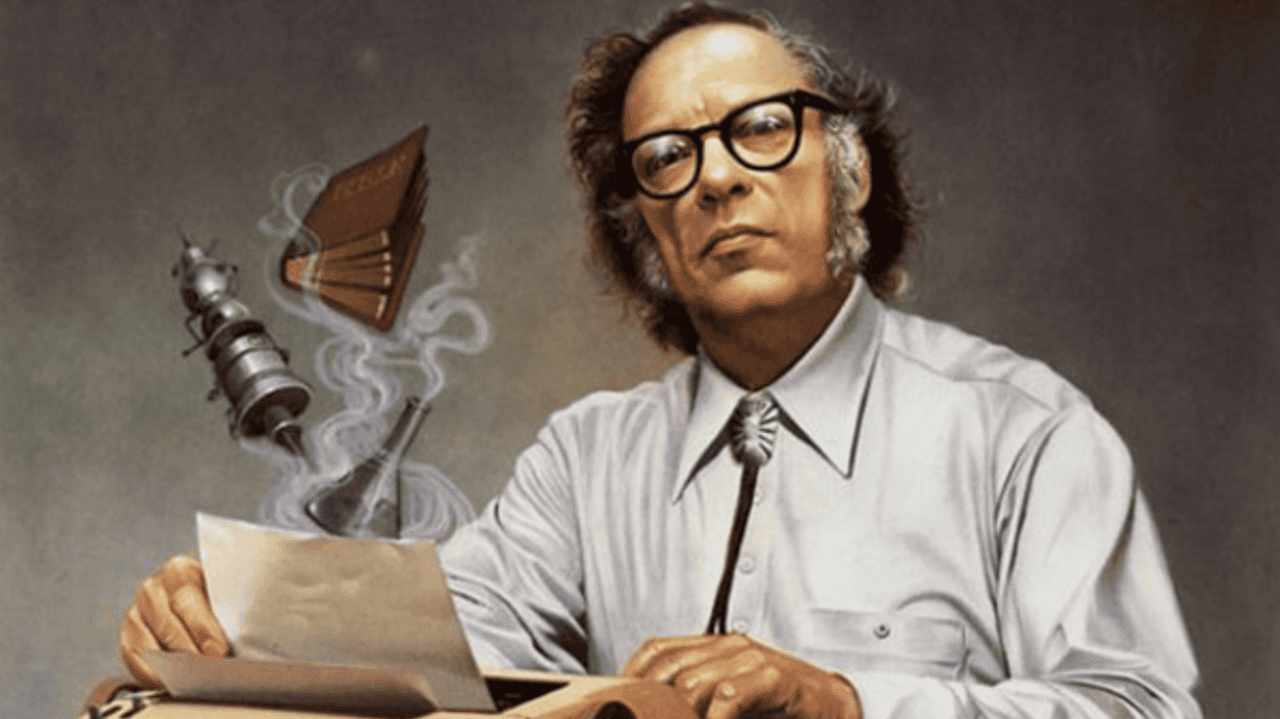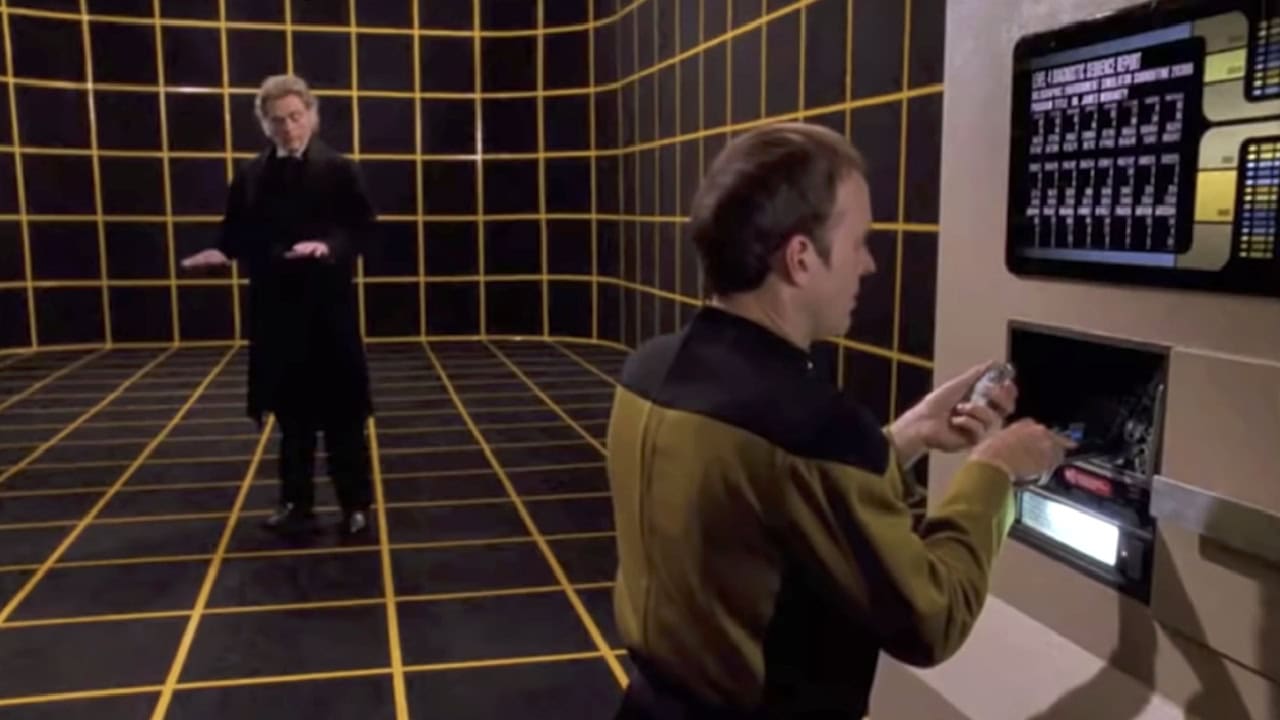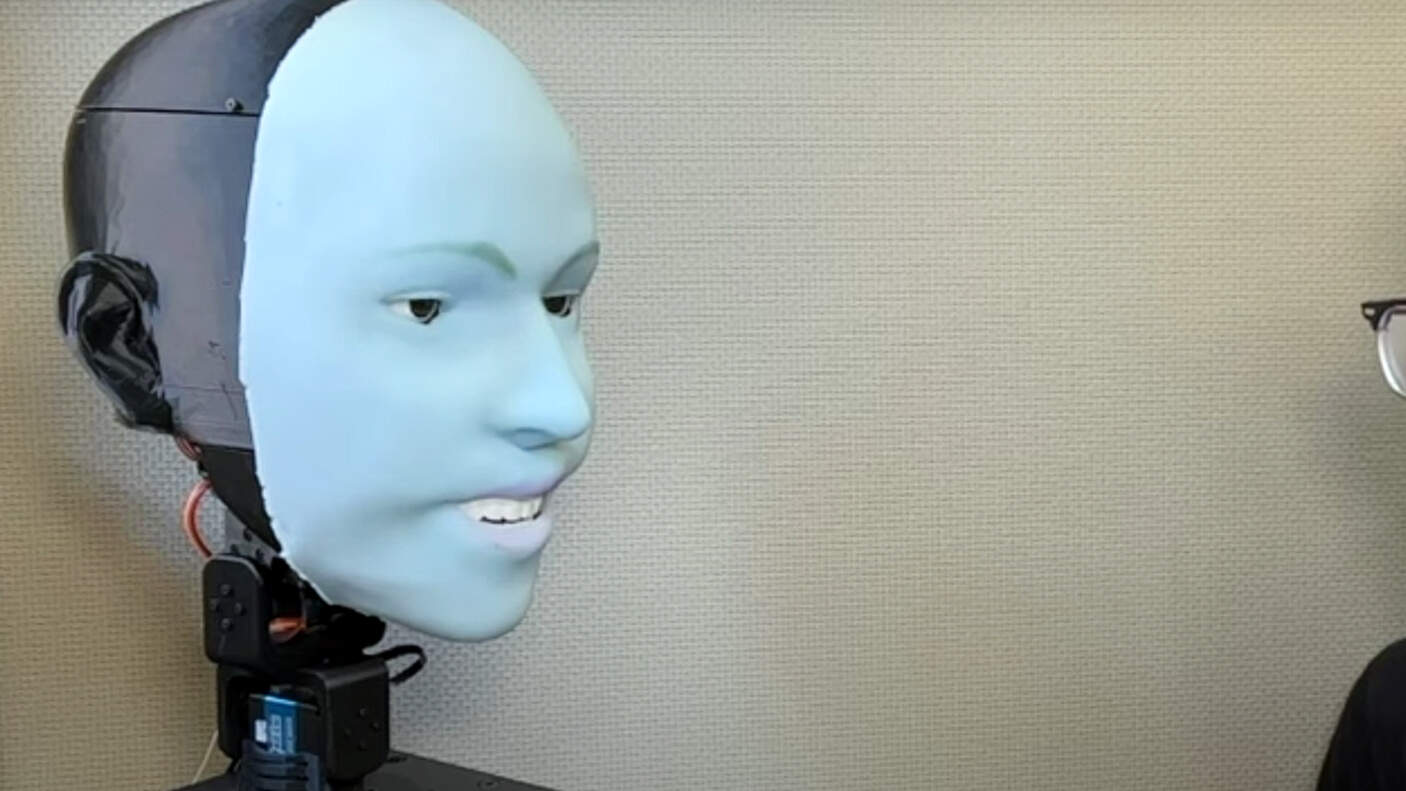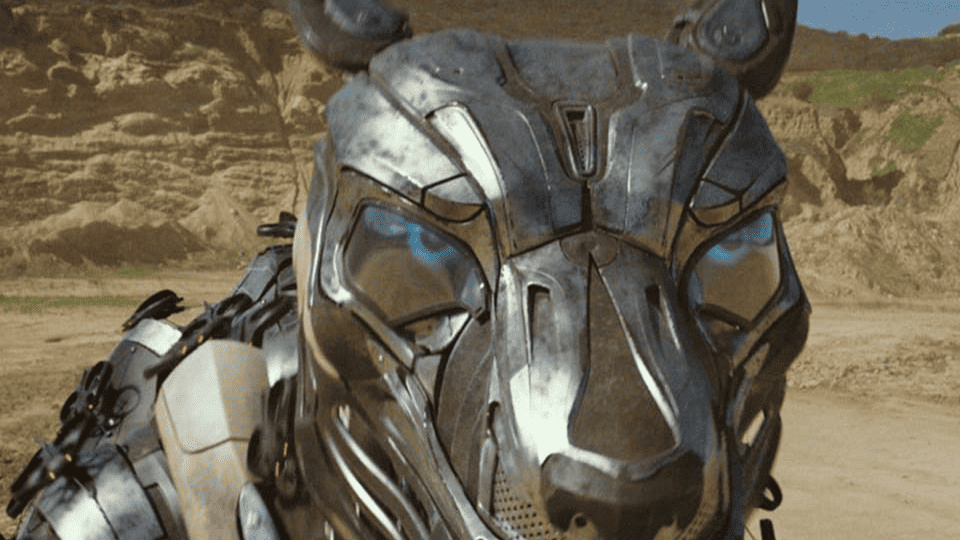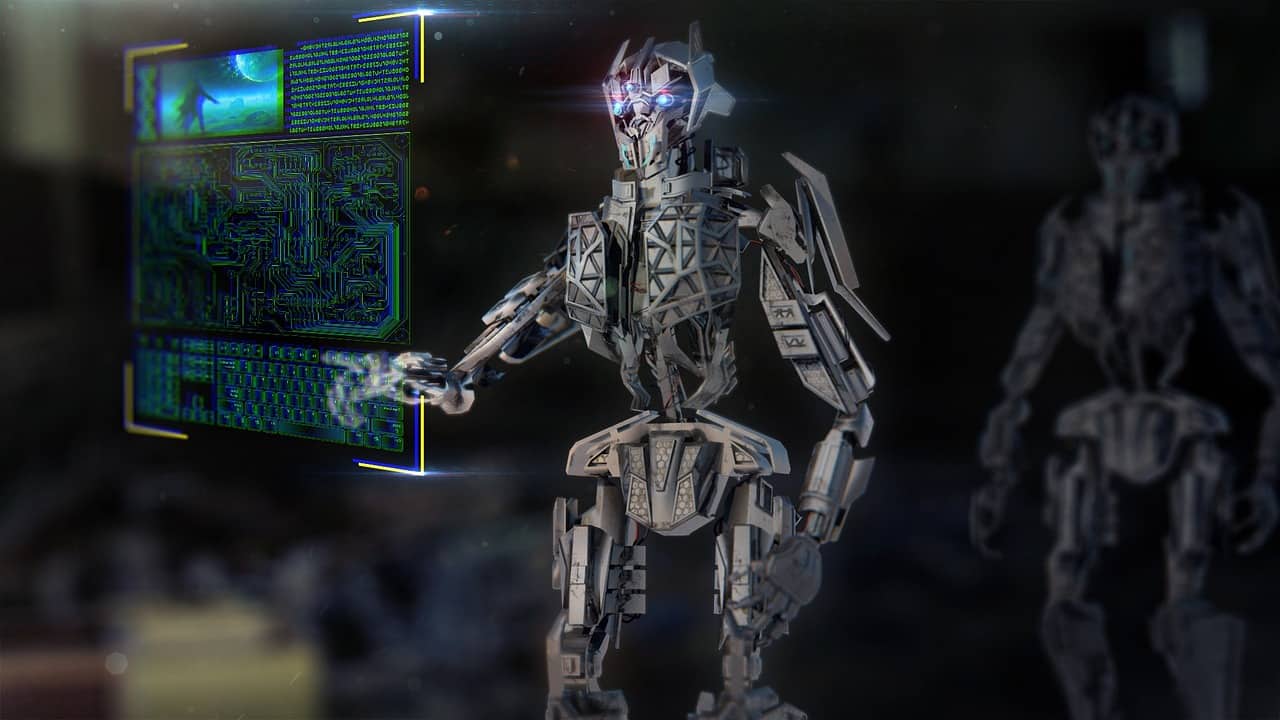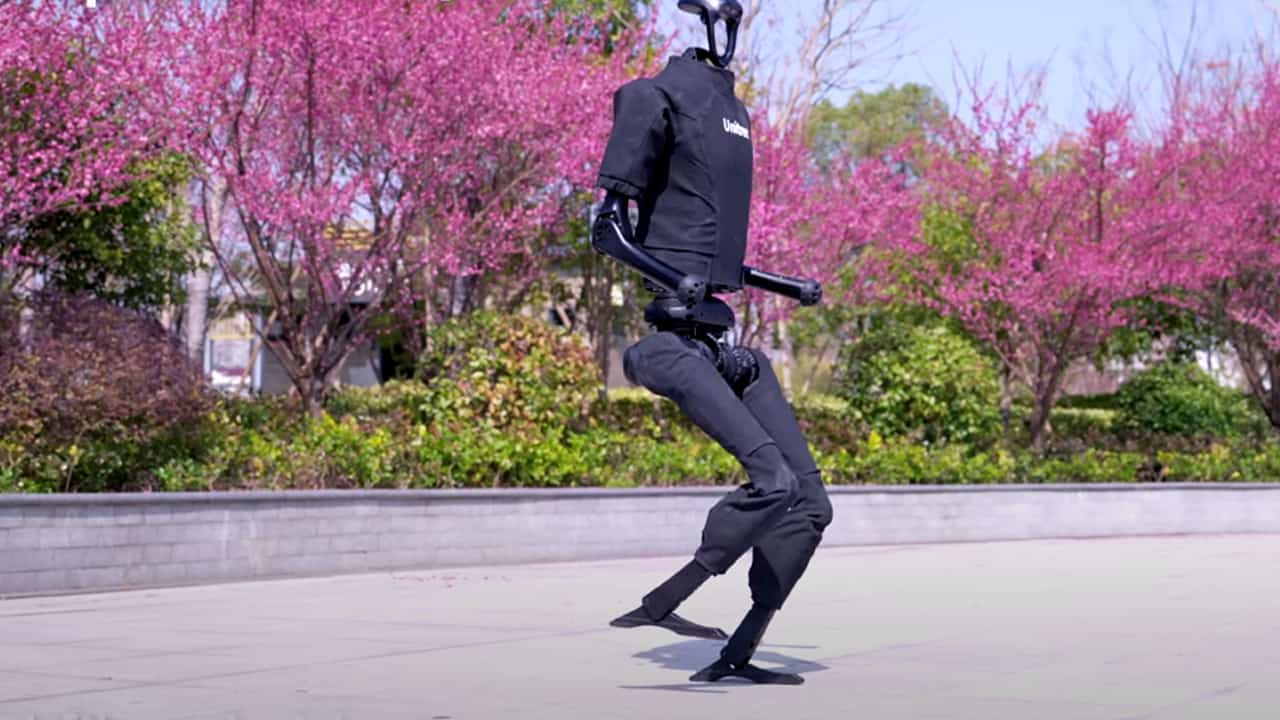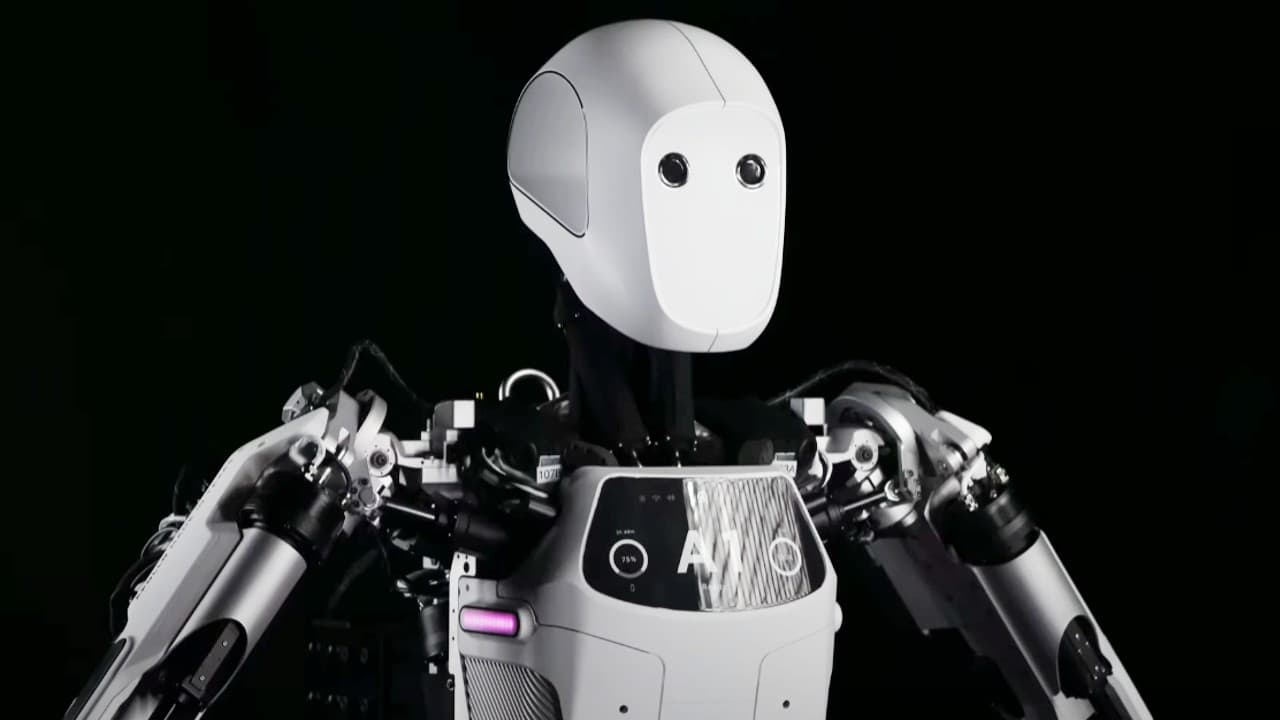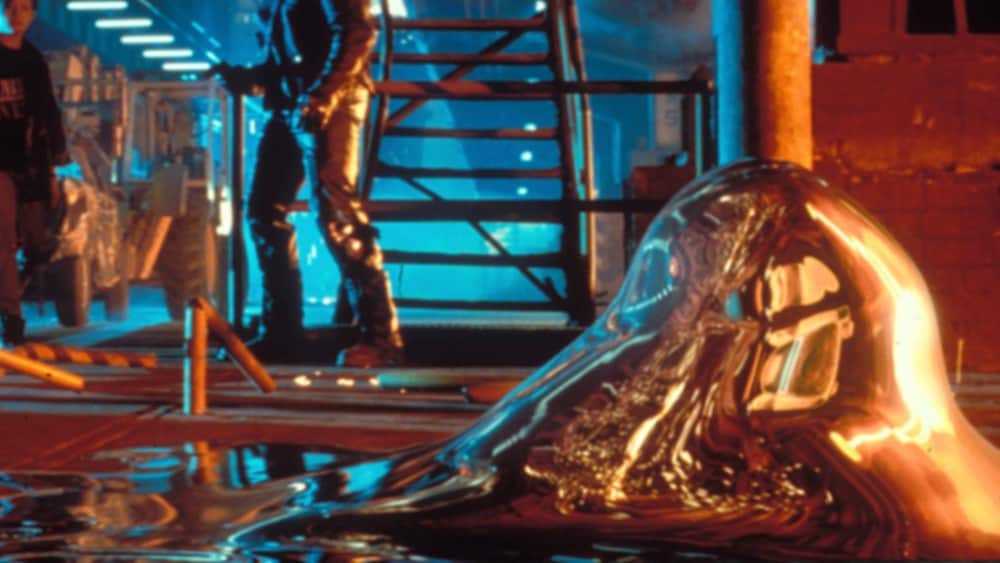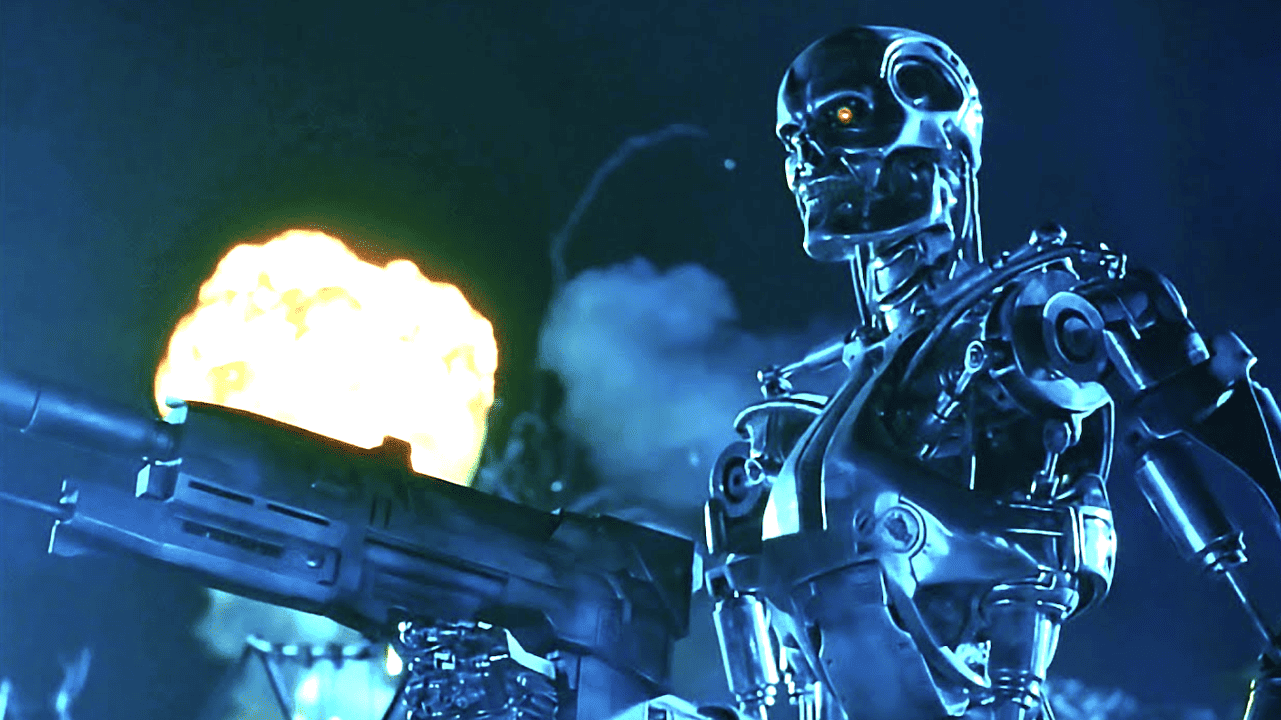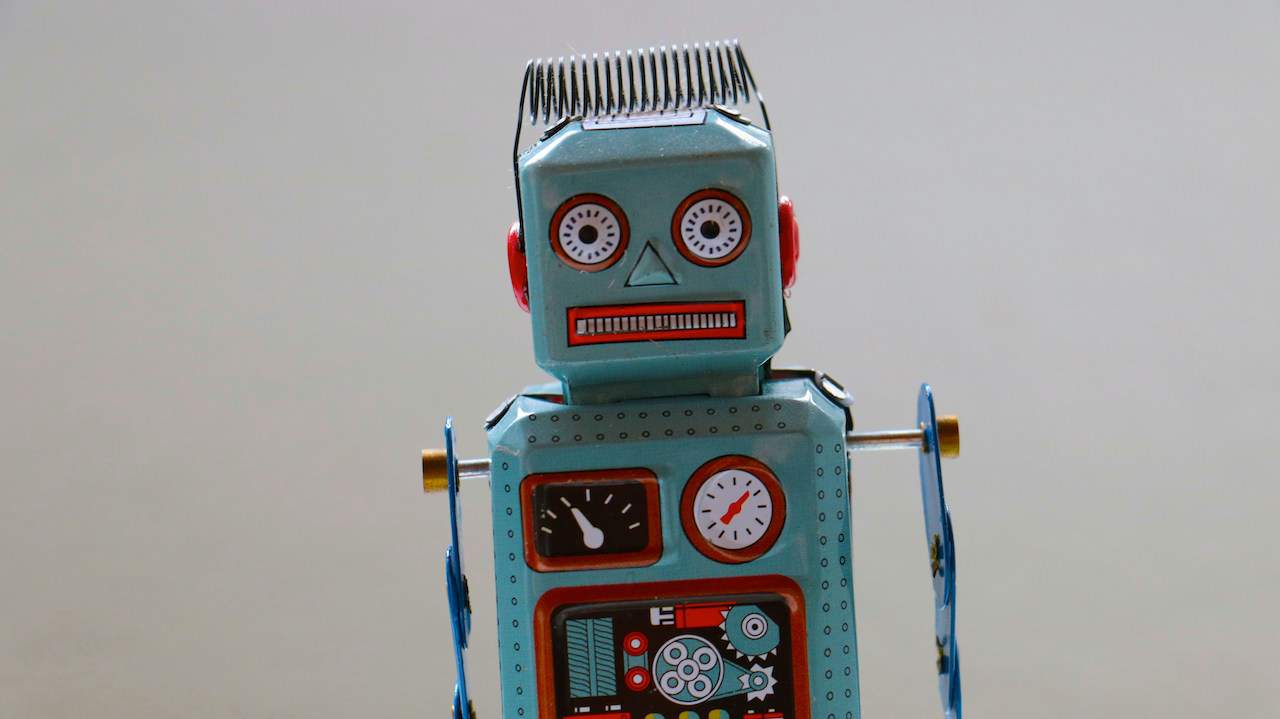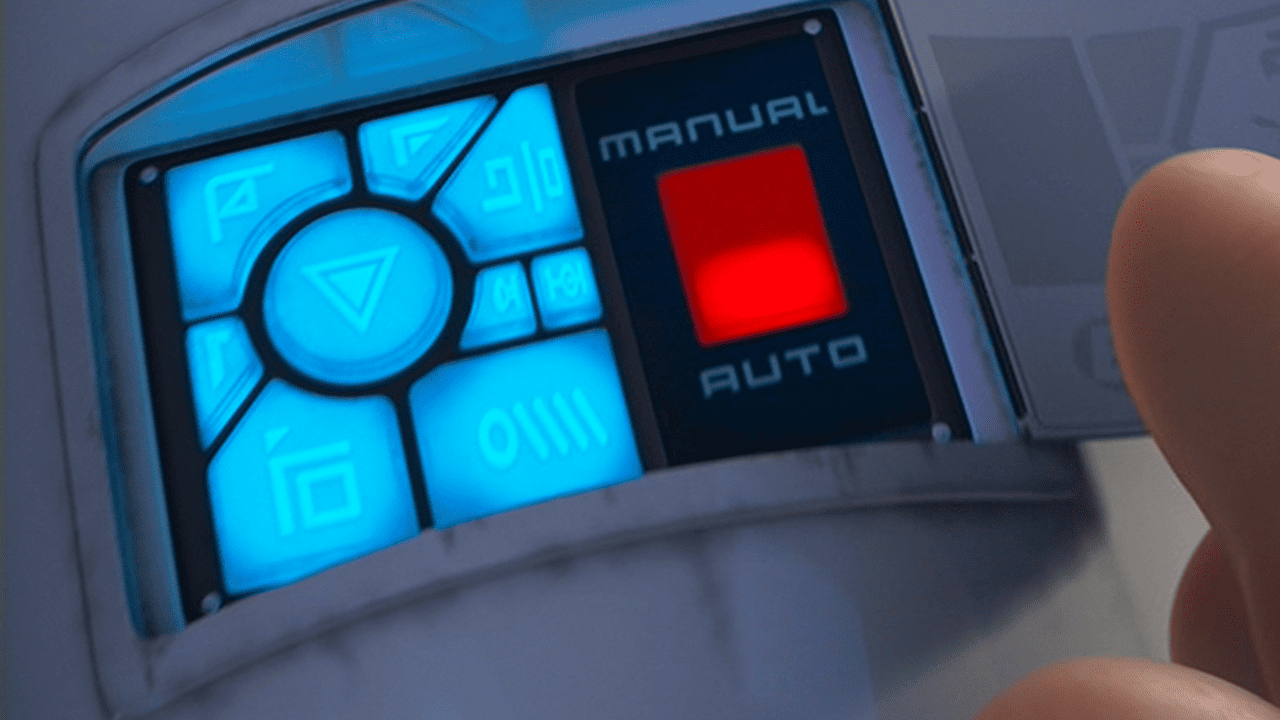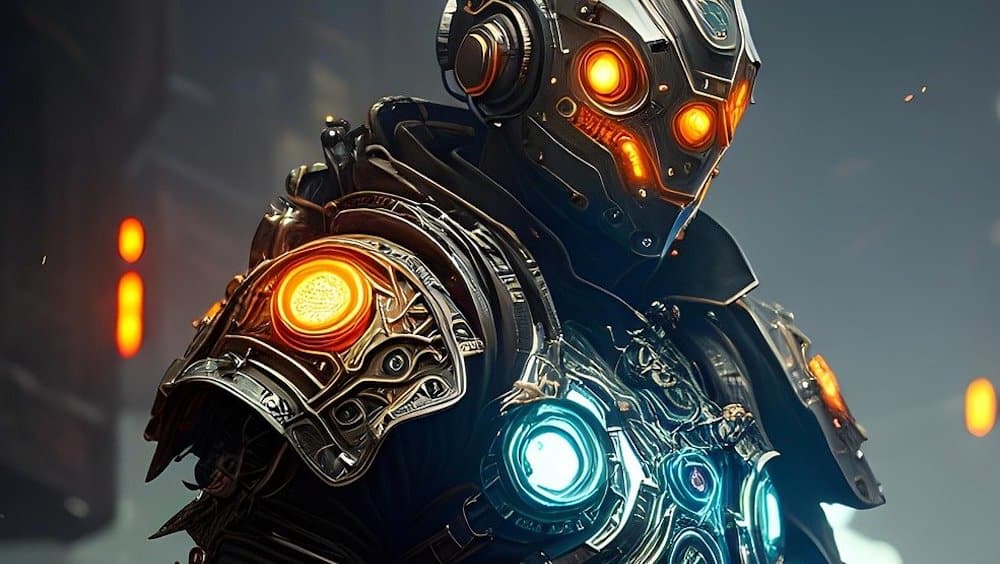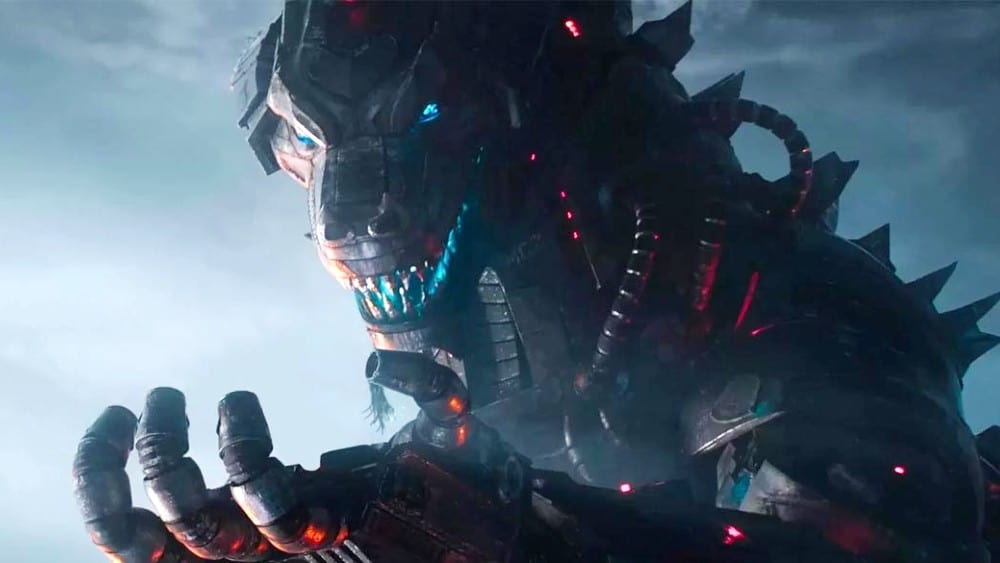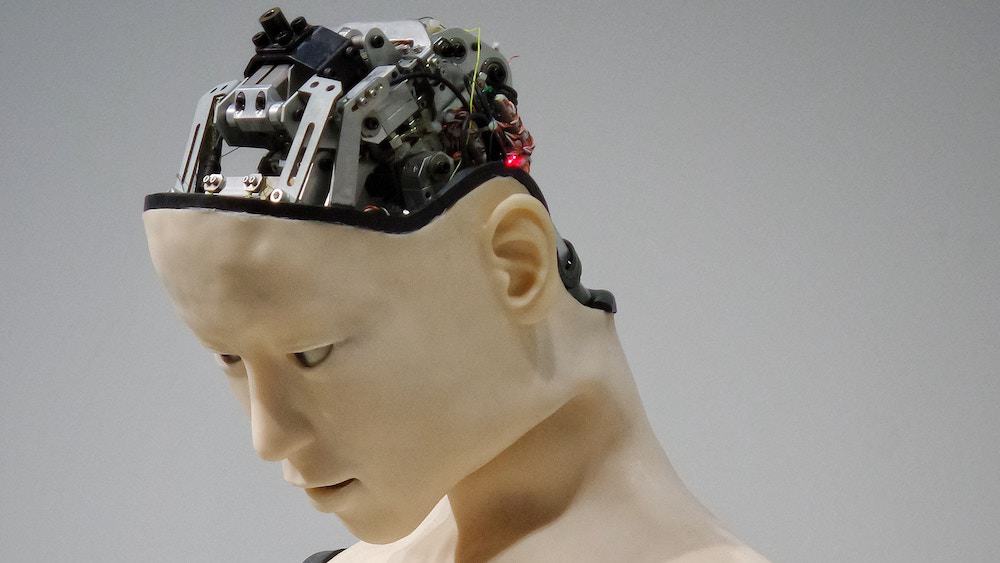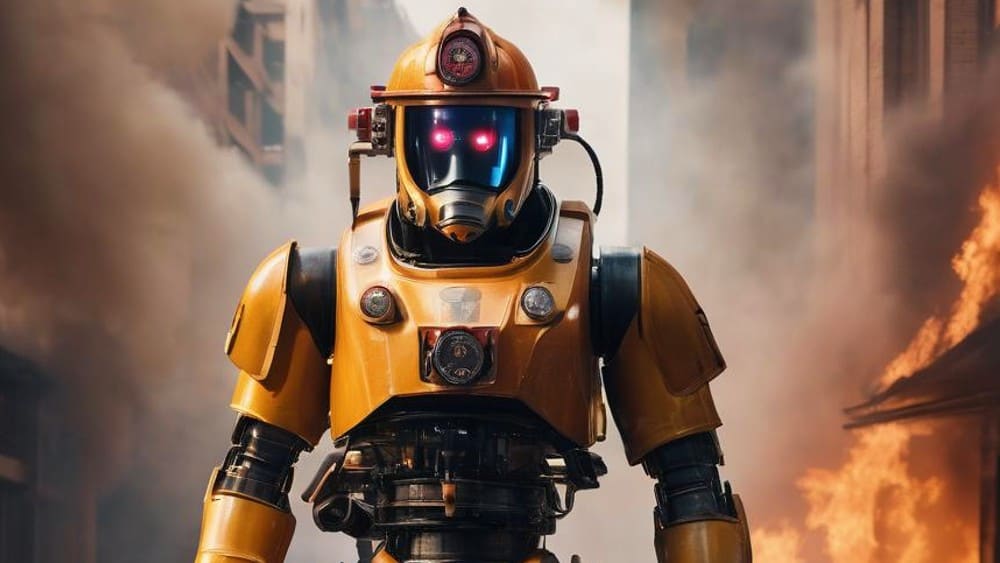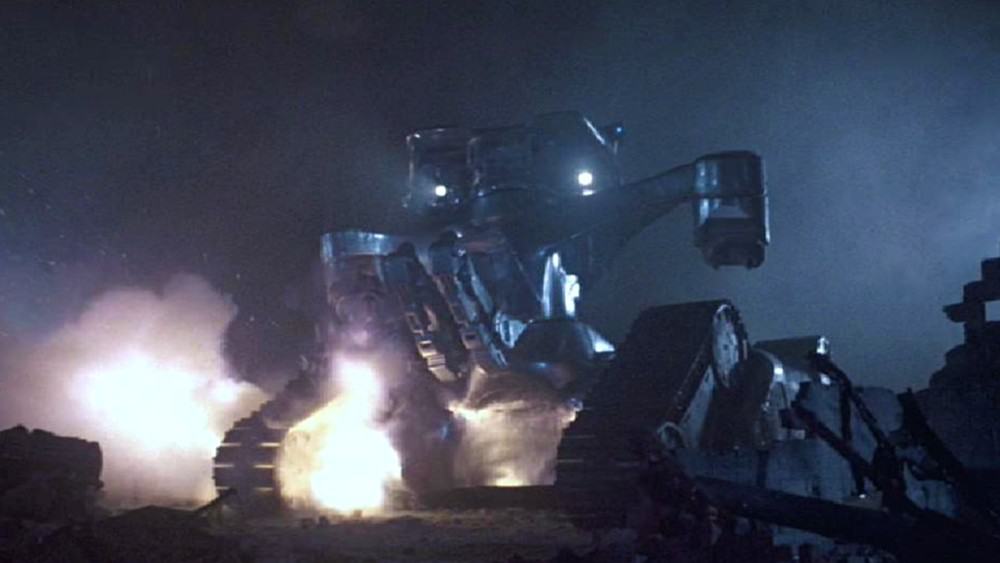Robots
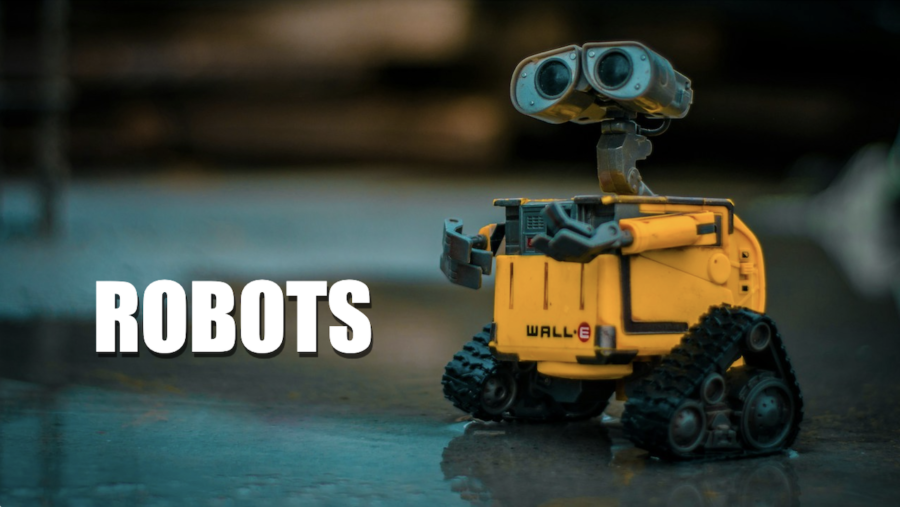
Latest Robots News
Drone Police Are Now Real And Your City Could Be Next
In today’s dystopian news, drone police are becoming more popular, and they could be headed to your city next. In …
Continue reading “Drone Police Are Now Real And Your City Could Be Next”
See Isaac Asimov Explain The Robot Rules Humans Need Now More Than Ever
Even if you’ve never heard them called by name, or even have no idea who Isaac Asimov was, I guarantee …
Continue reading “See Isaac Asimov Explain The Robot Rules Humans Need Now More Than Ever”
See Thermonator, The Flame-Throwing Robot Dog You Can Now Own In Action
A robotic dog armed with a flamethrower seems like something only a comic book supervillain could own, but that’s no …
Continue reading “See Thermonator, The Flame-Throwing Robot Dog You Can Now Own In Action”
Emo Is The New Robot Learning How To Smile With Humans
Consider it a significant leap in closing the communicative gap between humans and robots (who will soon probably replace humans …
Continue reading “Emo Is The New Robot Learning How To Smile With Humans”
Chinese Humanoid Robot Defeats Speed Record, See The Machine In Action
In robotics, achieving the fluidity and agility of human movement has long been a challenge for developers. While the complexities …
Continue reading “Chinese Humanoid Robot Defeats Speed Record, See The Machine In Action”
Major Automaker Employs Humanoid Robots In Factories
As technology continues to revolutionize various industries, Mercedes is taking a bold step into the future by employing humanoid robots …
Continue reading “Major Automaker Employs Humanoid Robots In Factories”
T-1000 Comes To Life, Robot Escapes With Liquid Metal Transformation
Since the T-1000 robot first appeared on the big screen in 1991’s Terminator 2: Judgement Day, sci-fi fans and scientists …
Continue reading “T-1000 Comes To Life, Robot Escapes With Liquid Metal Transformation”
OpenAI Robot Is The Next Step Towards Terminators
Has the Terminator era truly begun? In a stunning (and perhaps terrifying) display of technological prowess, Figure, a robotics startup …
Continue reading “OpenAI Robot Is The Next Step Towards Terminators”
OpenAI Humanoid Robots Are Coming, What Could Possibly Go Wrong?
Humanoid robot manufacturer Figure signed a deal with OpenAI, which allows it to build language-learning capabilities into its robots. The …
Continue reading “OpenAI Humanoid Robots Are Coming, What Could Possibly Go Wrong?”
Figure AI Humanoid Robot Gets Huge Investors
Figure AI, an innovative startup at the forefront of developing humanoid robots, is currently making waves in the tech world …
Continue reading “Figure AI Humanoid Robot Gets Huge Investors”
World’s Smallest Humanoid Robot Created By High Schoolers
High school students in Hong Kong have just achieved a world record in robotics. A group of young engineers from …
Continue reading “World’s Smallest Humanoid Robot Created By High Schoolers”
Actual Robot Waiters Were Serving Food In The 80s
Apparently, the 1980s were much closer to a Jetson-style future than most of us really thought. Sure, we were all …
Continue reading “Actual Robot Waiters Were Serving Food In The 80s”
The Sci-Fi Movie That Succeeds With Simplicity, And You Don’t Need A Disney+ Subscription To Stream
At first glance, Pixar’s iconic classic WALL-E is a complicated science fiction tale, set against a grand post-apocalyptic backdrop. But …
Robot Dinosaurs Unleashed In Wild Experiment
In a move that combines two of Michael Crichton’s greatest works, scientists have released robot dinosaurs into the wild for …
Continue reading “Robot Dinosaurs Unleashed In Wild Experiment”
Dragon Robot Firefighter Is Now A Real Thing
A team of Japanese researchers are in the process of developing a flying dragon robot firefighter. Measuring in at just …
Continue reading “Dragon Robot Firefighter Is Now A Real Thing”
Army Robot Combat Vehicles Revealed, Terminator Becoming Reality
Each passing day brings yet another technological advancement, and James Cameron’s The Terminator becomes more of a prophetic piece rather …
Continue reading “Army Robot Combat Vehicles Revealed, Terminator Becoming Reality”
Octopus Robot Arm Enhances Human-Machine Interaction
It seems that new technology is being developed every day, bringing humanity closer and closer to bridging the gap between …
Continue reading “Octopus Robot Arm Enhances Human-Machine Interaction”
The NYPD Robot Policing Times Square Station
If you grew up in the ‘80s, then kickass movies like Robocop have had you pondering what a robotic policeman …
Continue reading “The NYPD Robot Policing Times Square Station”






